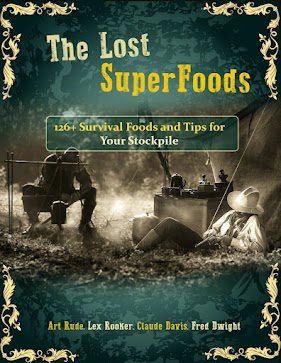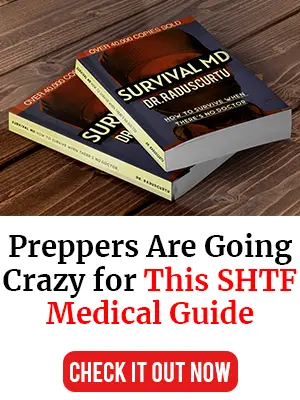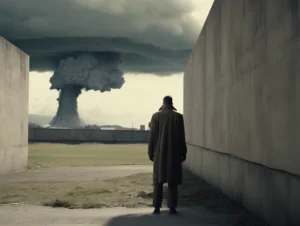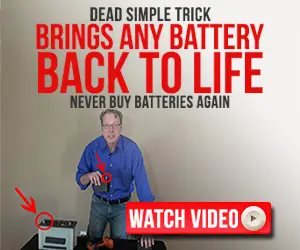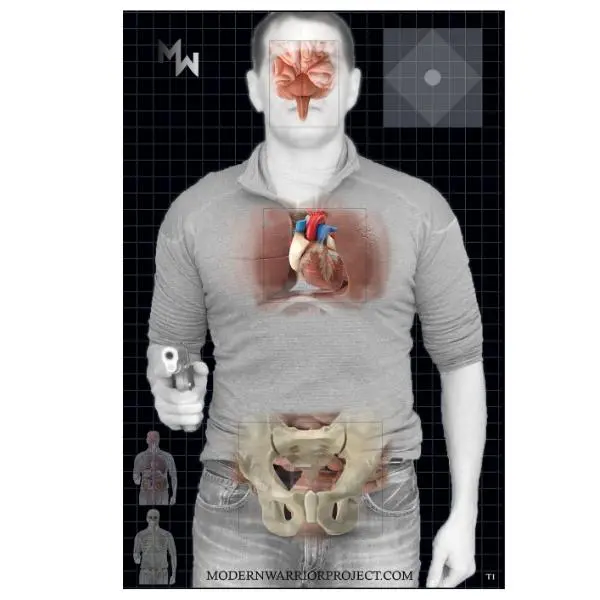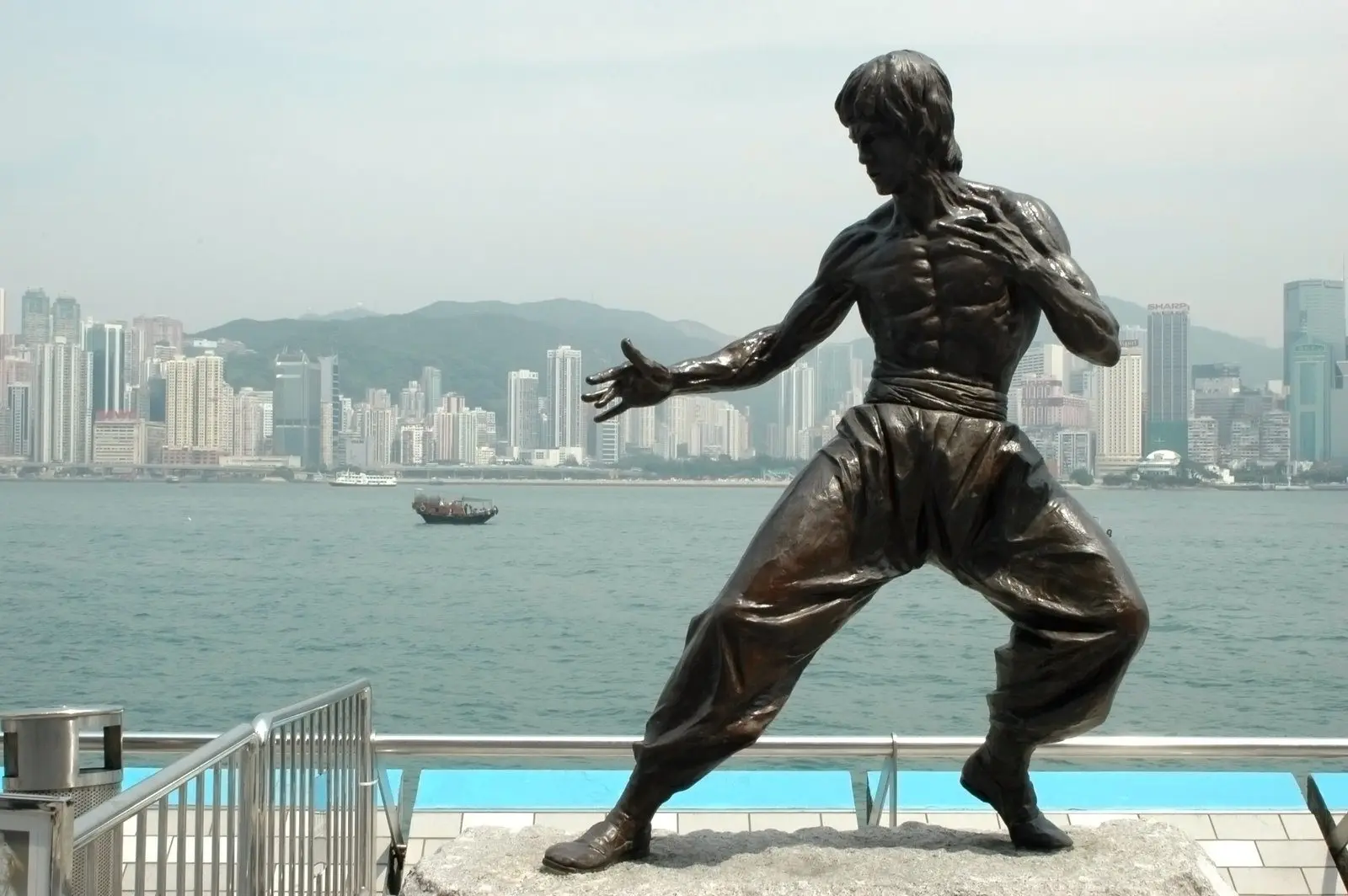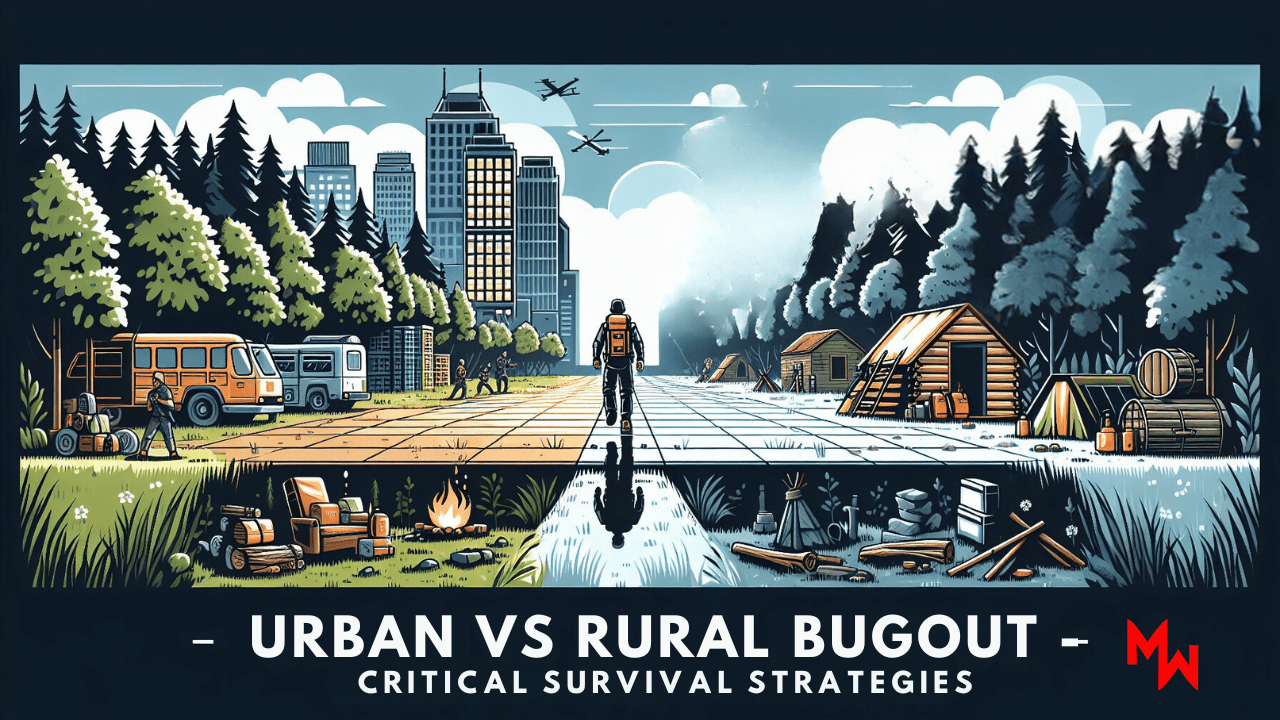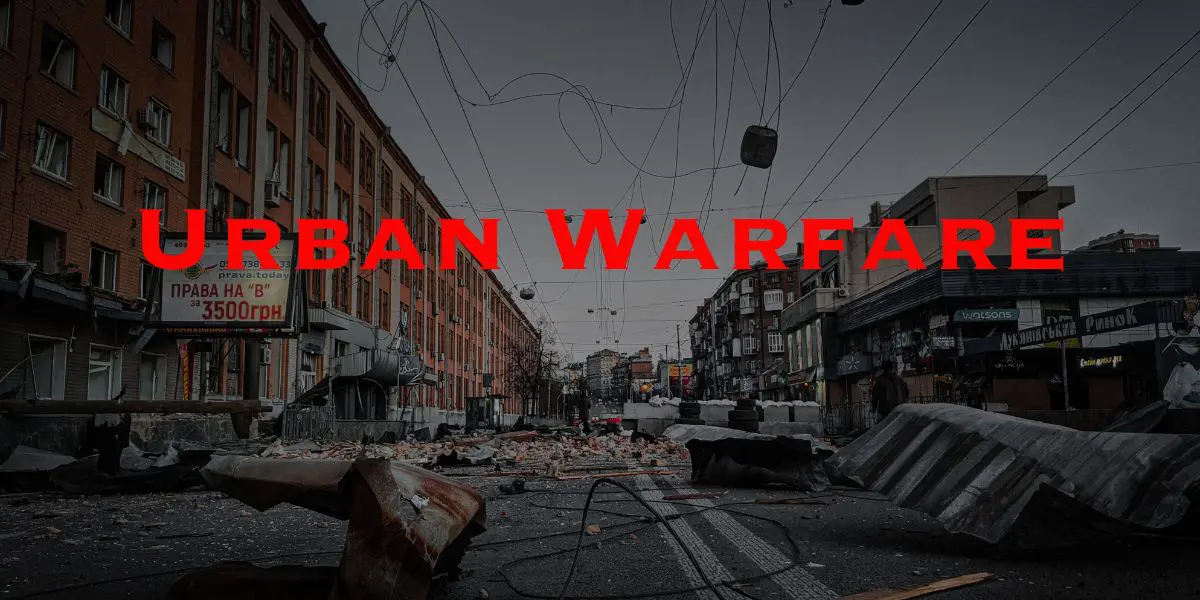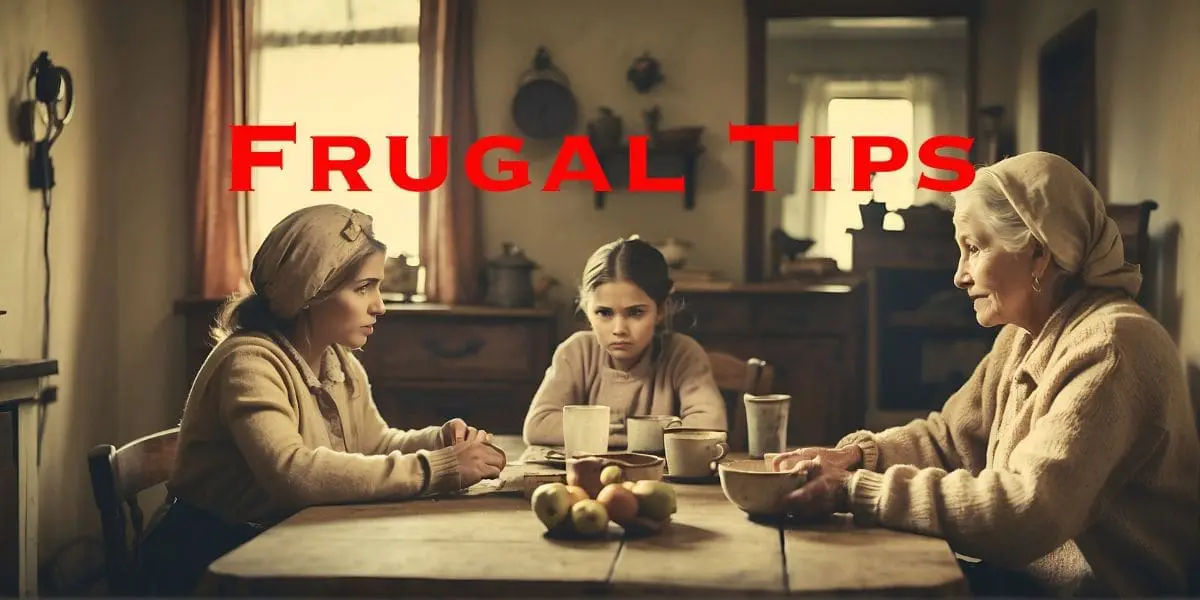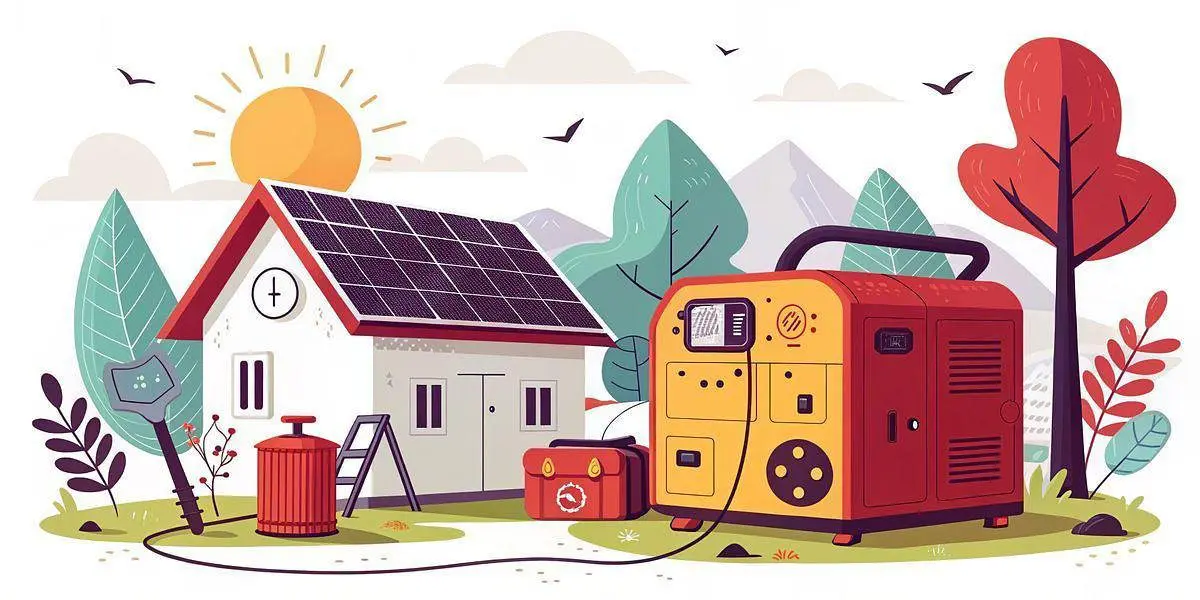Dive into the crucial differences between “Cover vs Concealment” in survival tactics that could save your life. As someone who’s navigated the complexities of military tactics for over two decades, I’ve learned that understanding and applying the right survival strategies can mean the difference between life and death. This video is designed to educate you on making informed decisions in high-stakes situations, whether you’re a seasoned prepper or just starting your journey in tactical survival.

#Prepper #Survival #Tactical
Training We’ll break down the essence of cover and concealment, two pivotal tactics in survival scenarios. Cover does more than just hide you; it offers physical protection against potential threats. Concealment, while effective in keeping you out of sight, does not provide this crucial physical barrier. Knowing when to use each can significantly impact your safety and survival.
Subscribe to our Channel for a deeper dive into tactics, survival preparation, and fitness, the four pillars essential to becoming a modern warrior. Share your survival tactics or experiences with cover and concealment in the comments below. We value your insights and stories!
Video Transcript
How often do you find yourself in a situation where you must make a split second decision?
How do you ensure that your decision is not only swift, but also effective?
Ponder on that as we dive into an intriguing concept that addresses these questions.
The OODA Loop the OODA loop is a decision making process developed by military strategist and United States Air Force Colonel John Boyd.
The acronym stands for observe, orient, decide and act.
These four steps offer a systematic approach to making fast, effective decisions in high pressure situations.
The first step, observe, involves gathering information from your environment.
Whether you’re a firefighter entering a burning building or a business leader navigating a competitive market, observation is crucial.
It’s about understanding the situation and identifying potential challenges and opportunities.
Next is orient.
This is where you interpret the information you’ve observed.
It’s about understanding the context, recognizing patterns, and making sense of the situation.
This step is influenced by your previous experiences, cultural background, and analytical abilities.
The third step is decide.
Based on your observation and orientation, you make a decision.
This is where your judgment comes into play.
What is the best course of action?
Given the circumstances, often in high pressure situations, there might not be a perfect solution.
It’s about choosing the best option available.
The final step is act.
Implement your decision with conviction and speed.
In a rapidly changing situation, hesitation can be costly.
The action phase is where your decision becomes reality.
But the OODA loop is not a one time process, it’s a continuous loop.
After you act, you return to observing, taking into account the results of your action and any changes in the situation.
This allows you to adapt your strategy in real time, making the UDA loop a dynamic, adaptable decision making tool.
To summarize, the UDA loop is a four step decision making process that emphasizes speed, adaptability and continuous learning.
It’s about observing your environment, orienting yourself in the situation, deciding on the best course of action, and acting swiftly and decisively.
And then it’s back to observing, allowing you to adapt and adjust as the situation evolves.
Whether you’re an emergency responder, a military strategist, or a business leader, the UDA loop provides a framework for making effective decisions in complex, high pressure situations.
It’s not just about reacting quickly, but also about understanding the situation, making informed decisions, and being ready to adapt.
So the next time you’re faced with a split second decision, remember the UDA loop.
Observe, orient, decide, act, and then start the loop again.
Your decision making will never be the same.
If you enjoy our videos, please make sure and give us a thumbs up and subscribe to our channel.
Ah.


